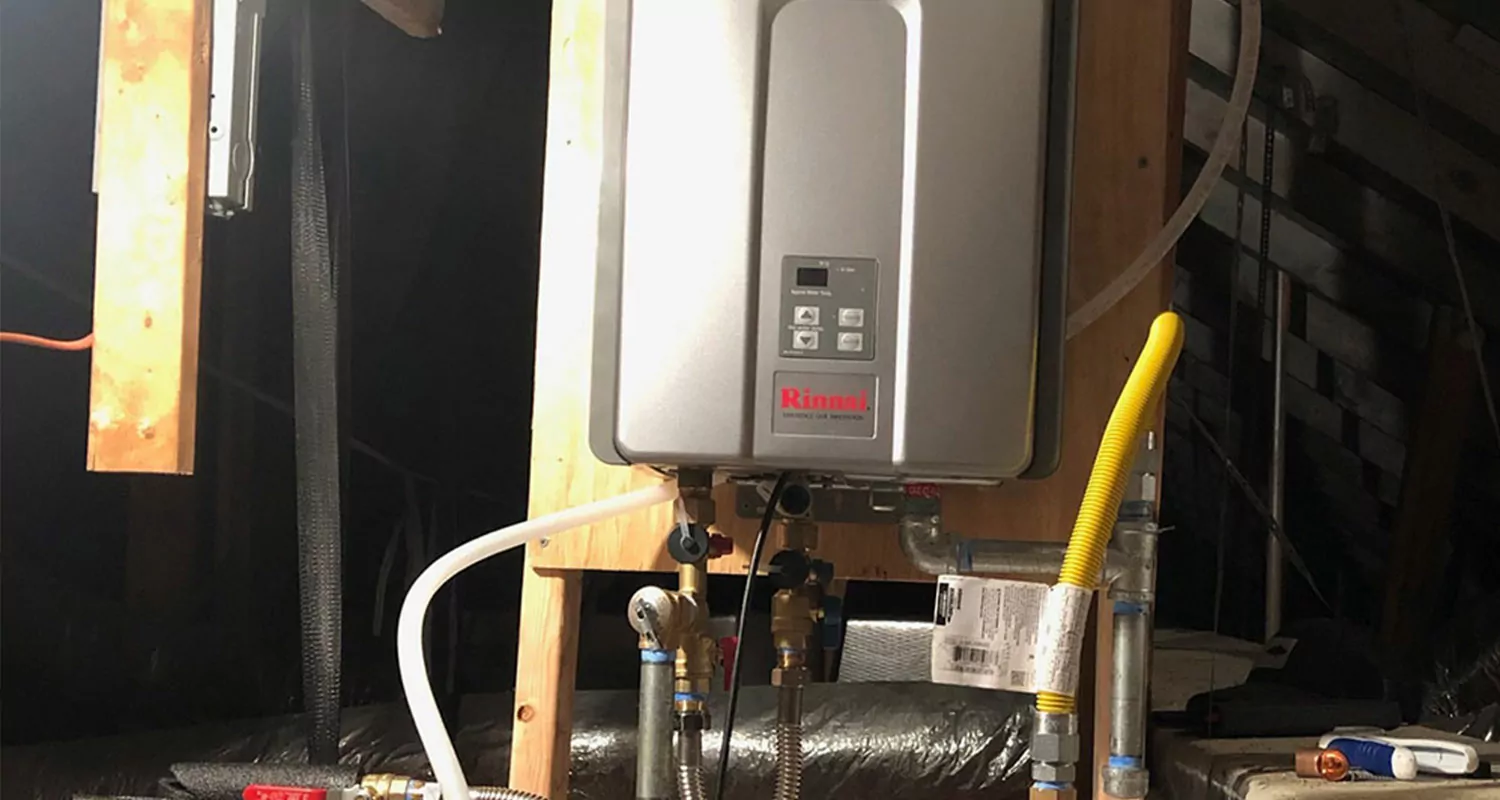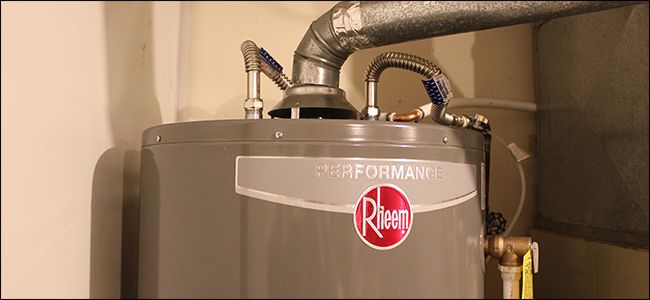Best Practices for Maintaining Your Home's Hot Water System
Best Practices for Maintaining Your Home's Hot Water System
Blog Article
What're your opinions about Tips For Maintaining Your Hot Water Heater?

Warm water is vital for daily convenience, whether it's for a revitalizing shower or washing dishes. To guarantee your warm water system runs effectively and lasts longer, normal upkeep is essential. This article gives sensible ideas and insights on just how to preserve your home's warm water system to prevent disruptions and pricey fixings.
Introduction
Keeping your home's hot water system might appear difficult, yet with a couple of easy actions, you can ensure it runs smoothly for years to find. This guide covers every little thing from comprehending your warm water system to DIY upkeep suggestions and recognizing when to contact specialist help.
Significance of Keeping Your Warm Water System
Routine maintenance not only extends the lifespan of your warm water system yet additionally ensures it operates effectively. Neglecting maintenance can lead to reduced performance, higher power bills, and even early failure of the system.
Indications Your Hot Water System Needs Upkeep
Knowing when your warm water system requires attention can stop significant problems. Look out for indications such as irregular water temperature, odd sounds from the heater, or rusty water.
Recognizing Your Hot Water System
Before diving right into upkeep jobs, it's useful to comprehend the standard components of your hot water system. Commonly, this consists of the water heater itself, pipes, anode rods, and temperature level controls.
Month-to-month Maintenance Tasks
Routine regular monthly checks can assist capture small concerns before they intensify.
Flushing the Water Heater
Flushing your water heater eliminates sediment accumulation, enhancing efficiency and extending its life.
Checking and Replacing Anode Rods
Anode rods avoid rust inside the storage tank. Inspecting and replacing them when worn is vital.
Evaluating and Readjusting Temperature Level Settings
Changing the temperature settings guarantees optimal performance and safety.
Do It Yourself Tips for Upkeep
You can perform numerous upkeep jobs on your own to keep your hot water system in top problem.
Looking for Leakages
On a regular basis check pipelines and connections for leaks, as these can bring about water damages and greater expenses.
Evaluating Pressure Alleviation Valves
Examining the stress relief valve ensures it operates properly and prevents extreme stress build-up.
Shielding Pipelines
Protecting hot water pipelines minimizes warmth loss and can conserve power.
When to Call an Expert
While DIY upkeep is valuable, some problems require specialist knowledge.
Complicated Problems Calling For Expert Aid
Examples include significant leakages, electrical troubles, or if your hot water heater is regularly underperforming.
Routine Professional Upkeep Advantages
Professional upkeep can include detailed assessments, tune-ups, and making sure compliance with safety and security requirements.
Conclusion
Routine maintenance of your home's warm water system is vital for efficiency, long life, and cost financial savings. By following these pointers and understanding when to look for specialist help, you can make sure a reputable supply of warm water without unforeseen disturbances.
How to Maintain an Instant Hot Water Heater
Before tinkering with your hot water heater, make sure that it’s not powered on. You also have to turn off the main circuit breaker and shut off the main gas line to prevent accidents. Also turn off the water valves connected to your unit to prevent water from flowing into and out of the appliance. 2. When you’re done, you have to detach the purge valves’ caps. These look like the letter “T†and are situated on either side of the water valves. Doing so will release any pressure that has accumulated inside the valves while at the same time avoid hot water from shooting out and burning your skin. 3. When the purge valves’ caps are removed, you have to connect your hosing lines to the valves. Your unit should have come with three hoses but if it didn’t, you can purchase these things from any hardware or home repair shops. You can also get them from retail stores that sell water heating systems. Read the user’s manual and follow it to complete this task properly. When the hosing lines are connected, open the purge port’s valves. 4. You should never use harsh chemical cleaners or solutions when cleaning your unit. Make use of white vinegar instead. It should be undiluted and you’ll probably use about 2 gallons. 5. Now flush your water heater. This task should probably take about 40 minutes. We can’t give you specific directions for this because the procedure is carried out depending on the type, model and brand of your heater. With that being said, refer to the user’s manual. 6. When you’re done draining the unit, you have to turn off the purge port valves again. Remove the hosing lines that you earlier installed on each of the water valves. Put the valve caps (purge port) back in their respective places and be very careful so as not to damage the rubber discs that are found inside these caps. 7. Now that everything’s back in place, check your user’s manual again to find out how to reactivate your water heating system. 8. Once it is working, turn one of your hot water faucets on just to let air pass through the heater’s water supply pipes. Leave the tap on until water flows smoothly out of it. https://www.orrplumbing.com/blog/2014/september/how-to-maintain-an-instant-hot-water-heater/

I'm very serious about How to Maintain Your Water Heater & Prolong its Life and I hope you enjoyed the new piece. Are you aware of anybody else who is in to the niche? Why not promote it. Thanks a bunch for your time. Don't forget to pay a visit to our blog back soon.
Book Report this page